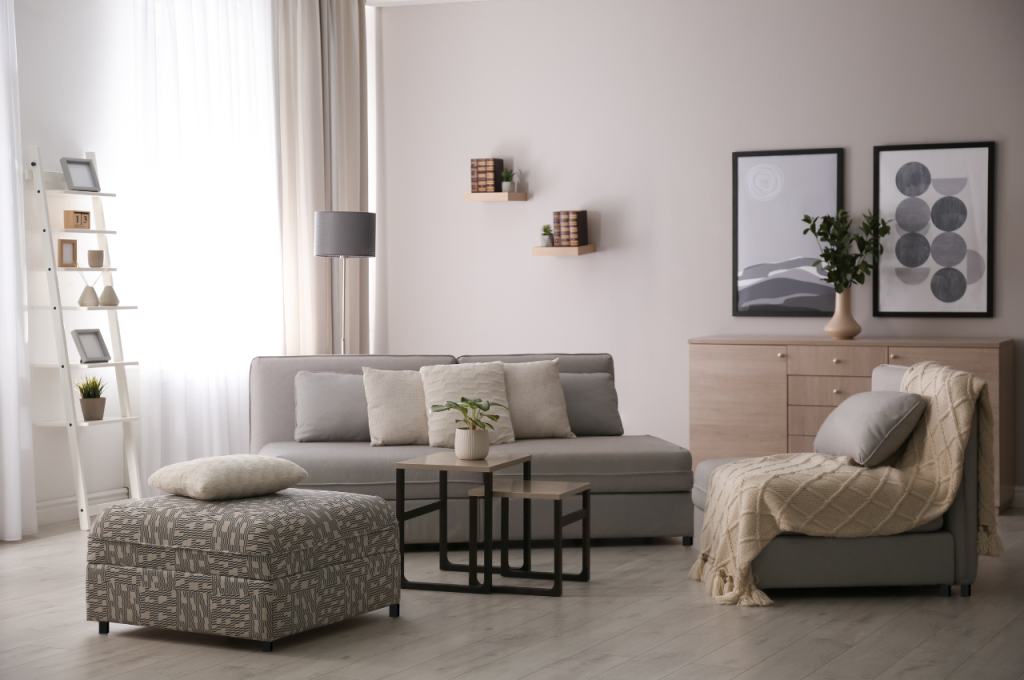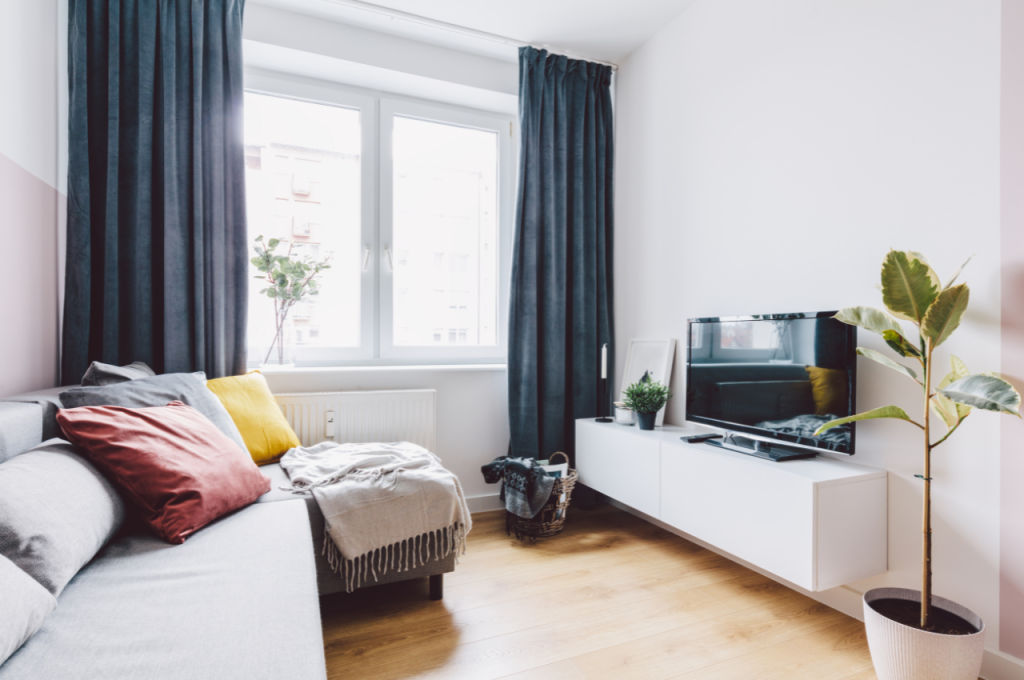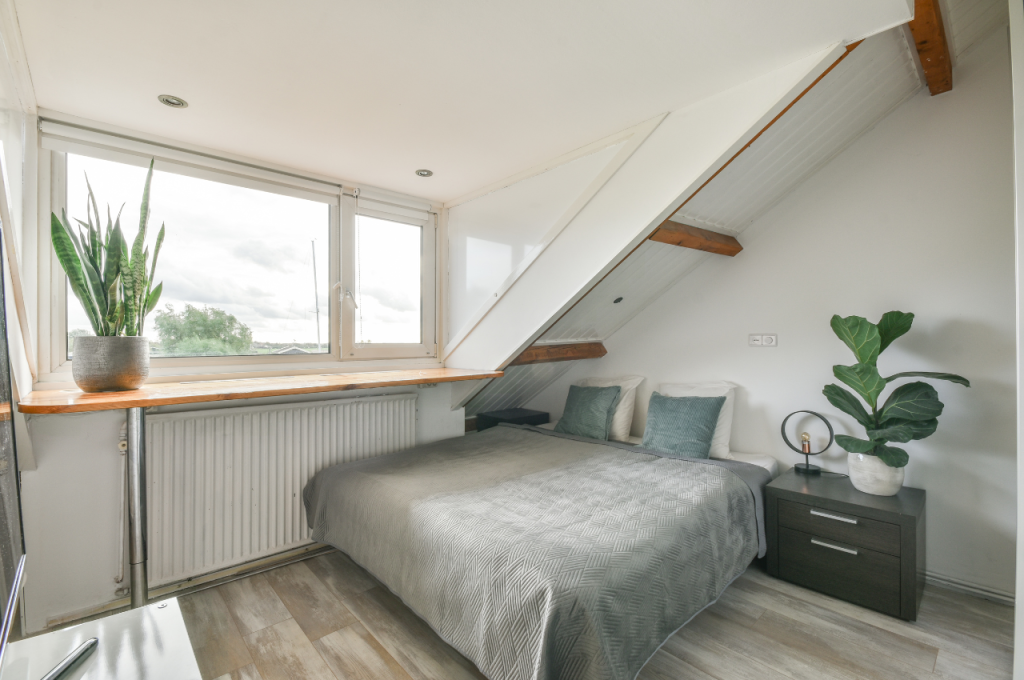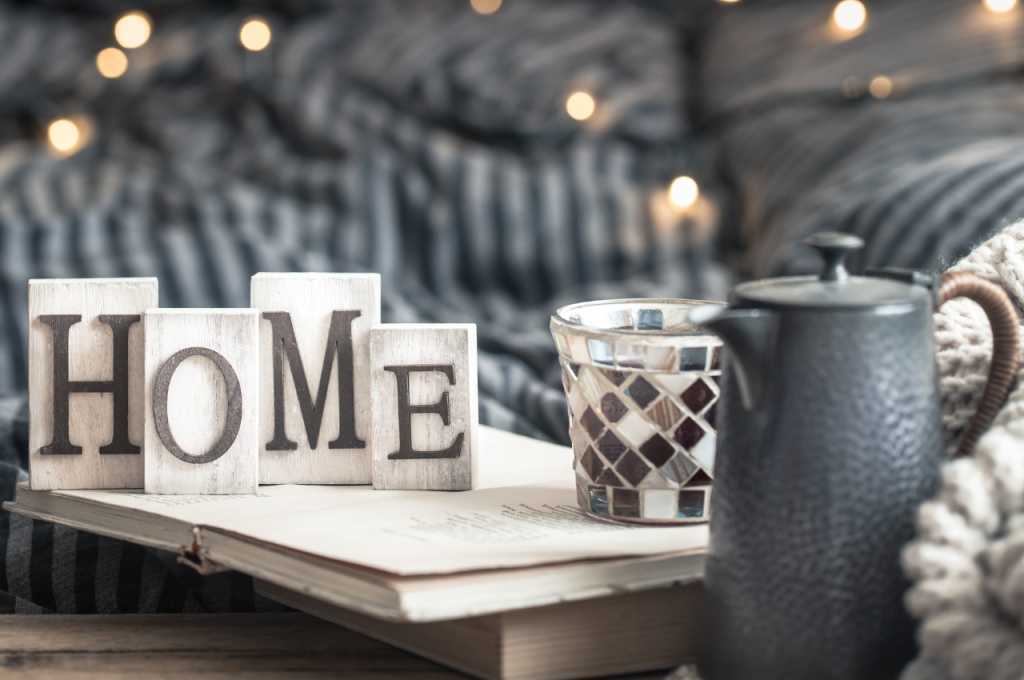Transform small spaces with multi functional furniture and strategic storage solutions for a stylish and functional look. Consider dual-purpose items and vertical storage options.
Decorating small spaces can be a challenge, but with the right strategies, it can become a fun and creative endeavor. By maximizing every inch of space and utilizing clever design tricks, you can make even the tiniest room feel spacious and inviting.
From compact furniture pieces to smart organization hacks, there are plenty of ways to enhance the aesthetic appeal of your small space while maintaining functionality. Whether you are living in a studio apartment, tiny house, or just have a small room, implementing these decorating tips can help you create a cozy and efficient living area that reflects your style.
Challenges of Small Spaces
Living in a small space presents unique challenges that require creative solutions and strategic design choices. From limited storage to a lack of square footage, small spaces can feel cramped and challenging to navigate. However, with the right approach, you can overcome these obstacles and create a stylish and functional home.

Limited Square Footage
Furnishing a compact area demands innovative space-saving strategies to optimize the available space efficiently.
Clutter Management
Effective organization is crucial in small spaces to prevent clutter from overwhelming the area.
Strategic Furniture Selection
Choosing the right furniture is crucial when decorating small spaces. Strategic furniture selection can transform a cramped room into a comfortable and functional living area. By opting for pieces that serve multiple purposes and maximize space, you can create a stylish and efficient environment.
Multi-functional Pieces
Multi-functional pieces are a game-changer in small spaces. Consider furniture items that can serve dual purposes, such as a sofa bed or a coffee table with storage compartments. These pieces not only save space but also add versatility to your decor.
Space-saving Designs
Opting for space-saving designs is essential in small spaces. Look for furniture that is compact and can be easily folded or nested when not in use. Wall-mounted shelves or a drop-leaf dining table are great examples of space-saving solutions that optimize square footage.
Creative Storage Solutions
Small spaces can present a challenge when it comes to finding storage solutions. However, with a bit of creativity, you can maximize every inch of your space with smart and efficient storage options.
Vertical Storage
Utilizing vertical space is crucial in small areas. Wall-mounted shelves offer a great way to keep your items organized while also adding a decorative touch to your space. Look for tall bookcases that can reach the ceiling to make the most of vertical storage. Hanging organizers and tension rods can also be used to create additional vertical storage for items such as utensils, towels, and even shoes.
Underutilized Spaces
When decorating small spaces, it’s essential to make the most of underutilized areas. Utilize the area under the bed by using storage bins or drawers to keep off-season clothing, bedding, or shoes. Consider multi-functional furniture like ottomans with hidden storage or coffee tables with shelves. Over-the-door organizers can also maximize storage potential on the back of doors for small items like jewelry, scarves, or cleaning supplies.
Effective Space Planning
When it comes to decorating small spaces, effective space planning plays a crucial role in maximizing functionality and creating a visually appealing environment. Room Layout and Traffic Flow consideration are two essential factors to consider to make the most of the available space.
Room Layout
Before diving into the actual decoration process, it’s important to determine the best layout for your small space. Consider the following tips:
- Measure the dimensions of the room to have an accurate understanding of the available space.
- Identify the main purpose of the room and prioritize the furniture and decor accordingly.
- Opt for multi-functional furniture that serves multiple purposes, such as storage ottomans or sleeper sofas.
- Place larger furniture pieces against the walls to create an open flow in the center of the room.
- Utilize vertical space by installing shelves or using wall-mounted storage solutions.
Traffic Flow Consideration
Ensuring smooth traffic flow is essential in small spaces to prevent the room from feeling cramped. Consider the following tips:
- Leave enough space between furniture to allow for comfortable movement.
- Create clear pathways by arranging furniture in a way that doesn’t obstruct movement.
- Consider how people will enter and exit the room, ensuring there is enough space for door swings.
- If possible, utilize different zones within the space to delineate areas for specific activities, such as seating and dining.
By taking into account the room layout and traffic flow considerations, you can effectively plan the space in your small room, making it functional, visually appealing, and enjoyable to be in.
Maximizing Natural Light
Maximizing natural light is essential when it comes to decorating small spaces. With limited square footage, small rooms can easily feel cramped and dark. However, by incorporating a few strategic design elements, you can enhance the natural light in your space, making it feel bigger, brighter, and more inviting.

Mirrors and Reflective Surfaces
One way to maximize natural light in small spaces is by strategically placing mirrors and incorporating reflective surfaces. Mirrors are a simple yet effective way to bounce natural light around the room, creating the illusion of a larger space. Place a large mirror opposite a window to capture and reflect sunlight throughout the room. Additionally, consider incorporating reflective surfaces such as glass tables or metallic accents, which can help to enhance the light and create a more open and airy feel.
Light-colored Decor
The colors you choose for your décor can have a significant impact on the overall brightness of your space. Light-colored walls and furniture can reflect and amplify natural light, making the room appear bigger and more luminous. Opt for neutral tones such as whites, creams, and pastels to create a fresh and airy atmosphere. Incorporate pops of color through accessories and artwork, but be mindful not to overwhelm the space with too many bold or dark hues, as they can make the room feel smaller and dimmer.
Optical Illusions and Visual Tricks
When decorating small spaces, utilizing optical illusions and visual tricks can be a strategic approach to create the illusion of more space and enhance the overall aesthetic. By implementing certain design elements, you can make a small room appear larger and more inviting. This involves leveraging visual continuity and clever use of patterns to achieve the desired effect.
Strategic Use of Patterns
Using patterns strategically can significantly impact the perception of space. Opting for vertical stripes on walls or curtains can draw the eyes upward, creating an illusion of height. Alternatively, incorporating geometric patterns can add depth and dimension. By carefully selecting patterns, you can influence the visual perception of the room’s size and layout.
Visual Continuity
Creating visual continuity throughout the space can contribute to an expanded sense of openness. Employing a consistent color scheme across furniture, walls, and accessories can eliminate visual clutter, making the room feel more cohesive. Furthermore, utilizing mirrors and glass elements can introduce reflective surfaces, enhancing the sense of spaciousness by visually extending the room.
Incorporating Vertical Gardens and Greenery
Enhance your small space with vertical gardens and greenery. Utilizing vertical space can transform a cramped area into a lush oasis.
Wall-mounted Planters
Wall-mounted planters are a clever solution for adding greenery without sacrificing floor space. Choose compact plants like succulents and herbs.
Hanging Gardens
Create hanging gardens by suspending plants from ceilings, using macramé holders for a boho vibe.
Personalization without Overcrowding
Personalizing your living space is essential for making it feel like home, but in small spaces, there’s a fine line between adding personal touches and creating clutter. Striking the right balance allows you to infuse your personality into your home without sacrificing valuable space.
Curated Decor Selection
In small spaces, carefully curate your decor pieces to reflect your personality.
- Choose items that hold personal meaning to you.
- Ditch clutter and focus on quality over quantity.
- Display items that bring you joy and match your style.
Utilizing Wall Space
Maximize your small space by utilizing wall space effectively.

- Hang shelves for extra storage and decor.
- Use artwork to add personality and color.
- Install mirrors to create the illusion of a larger space.
Frequently Asked Questions of Decorating Small Spaces
Certainly! Here are some questions about decorating small spaces:
Q. How can I make a small space feel larger?
A. To make a small space feel larger, you can use these strategies: maximize natural light, use light colors on walls and furniture, declutter and organize, utilize mirrors, choose furniture with legs, and create vertical storage solutions.
Q. What are some decorating ideas for small bedrooms?
A. For small bedrooms, consider these decorating ideas: use a light color scheme, utilize multifunctional furniture, maximize storage with under-bed drawers or floating shelves, hang curtains close to the ceiling to create the illusion of height, and incorporate wall-mounted lighting to save space on bedside tables.
Q. How can I create a functional small living room?
A. To create a functional small living room, try these tips: choose furniture with built-in storage, use a compact sofa or sectional, opt for a wall-mounted TV to free up floor space, arrange furniture to create distinct zones, and utilize floating shelves or a wall-mounted desk for additional storage and workspace.
Conclusion
Decorating small spaces requires creativity and strategic design choices to maximize functionality. By incorporating multi-functional furniture, utilizing vertical space, and embracing natural light, small areas can be transformed into stylish and inviting spaces.
Remember, simplicity and organization are key to creating a visually appealing and practical small living space.

